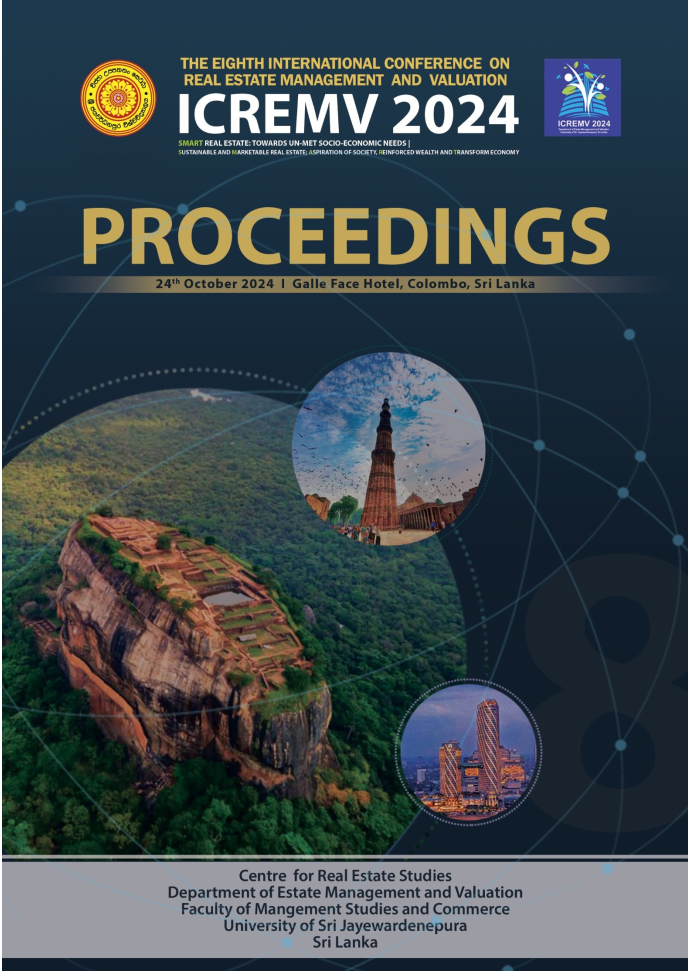Study on Urban Agglomeration in Hambanthota City based on Hambanthota Seaport: A Review of Planning Framework
DOI:
https://doi.org/10.31357/icremv.v8.7995Keywords:
Urban Agglomeration, Seaport, National Physical Development PlansAbstract
Urban agglomeration involves clustering cities of various scales to form a metropolitan region, optimizing economies of scale and reducing transport costs by centralizing populations, economic activities, and infrastructure. Seaports are crucial in this process, acting as transport hubs and catalysts for urban expansion. In 2010, the National Physical Planning Department of Sri Lanka aimed to develop metro cities through seaport projects, with Hambantota being a key focus in Creating Hambanthota Metro Region. However, the outcomes of the development and associated costs have been the subject of significant debate and skepticism.
Given the lack of comprehensive studies evaluating the planning efforts, this research investigates the relationship between the seaport and the development of a metro city in Hambantota. The findings indicate that, despite attempts to create a metropolitan region throughout the district, only 37% of urban agglomeration has been achieved in the Divisional Secretariat Division (DSD). If current trends persist, only a 1% increase in urban agglomeration is projected by 2050. Although there is a positive relationship between the seaport and urban agglomeration, the significance of each factor contributing to the growth of both the seaport and the city is less than 1%. This underscores the critical need to revise development strategies to effectively enhance
urban agglomeration and achieve the initial planning goals.


